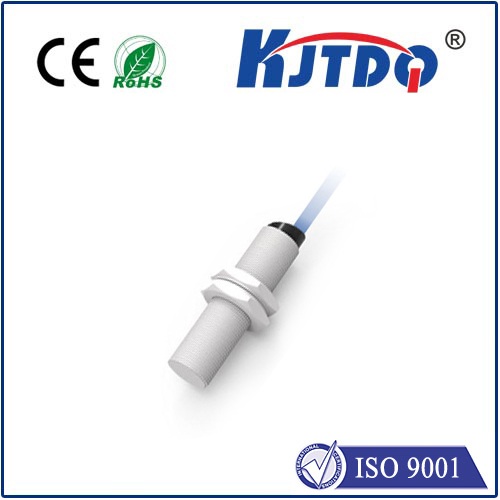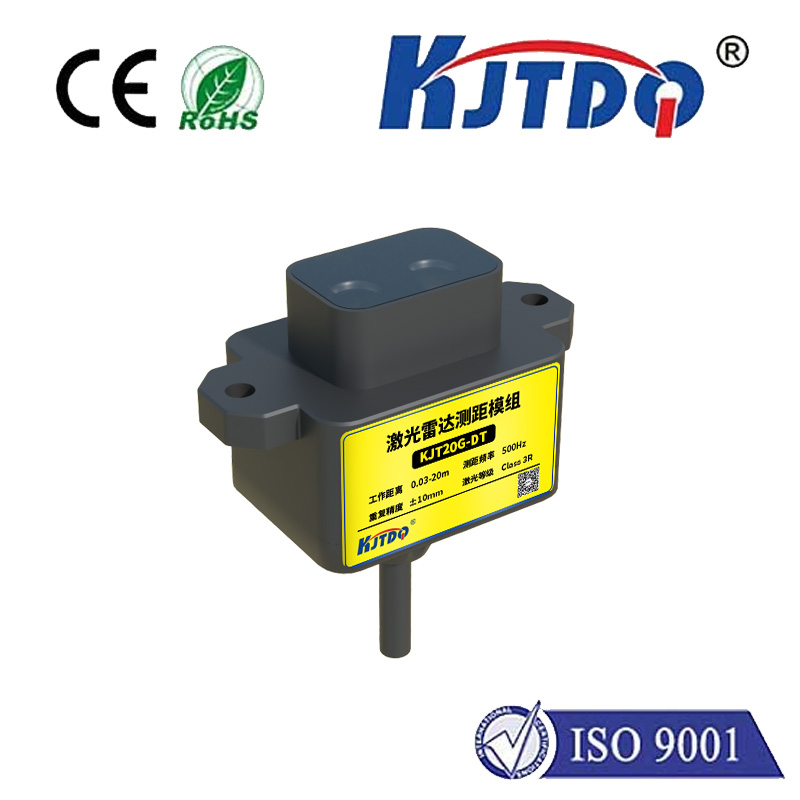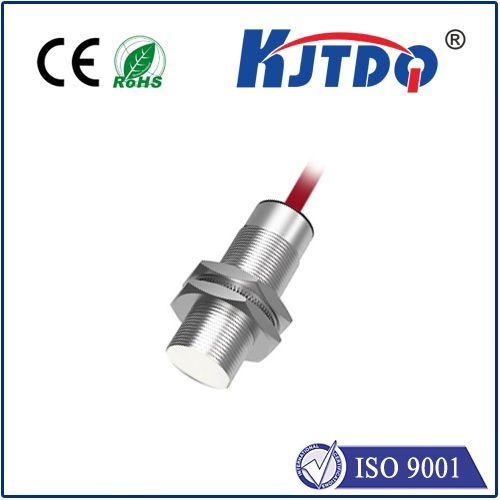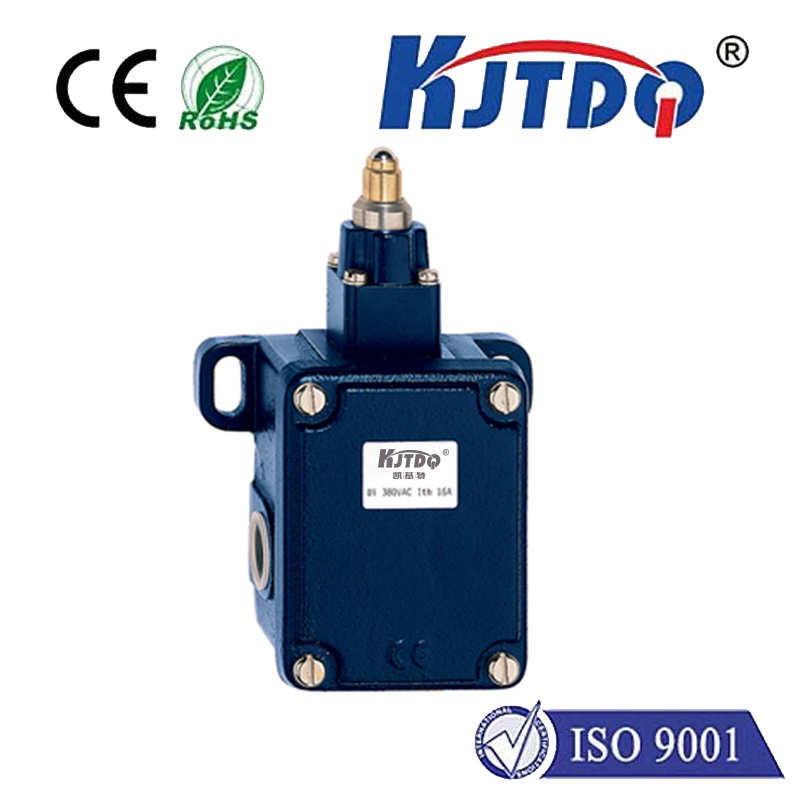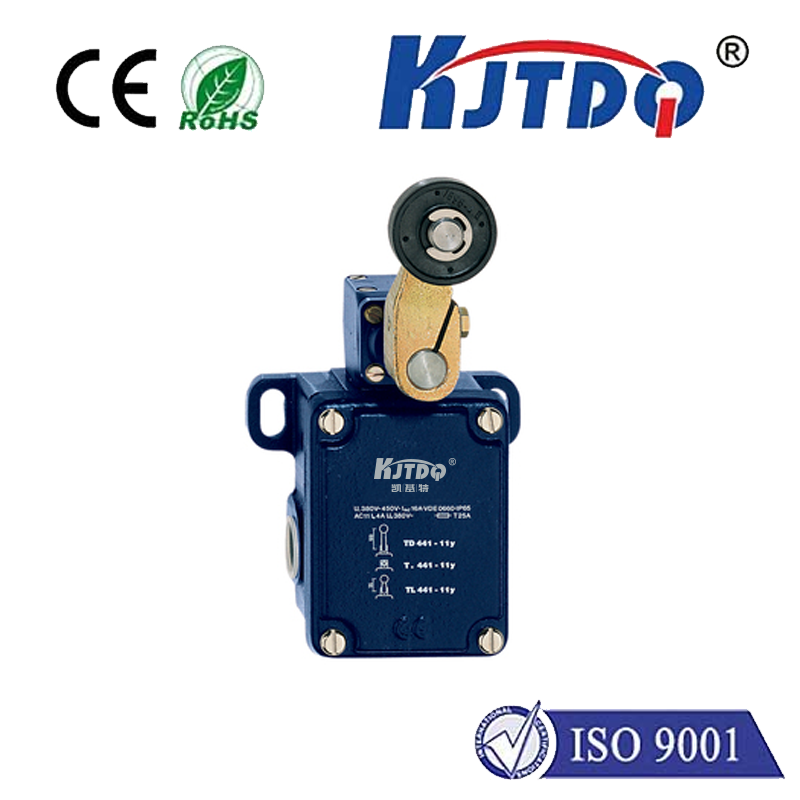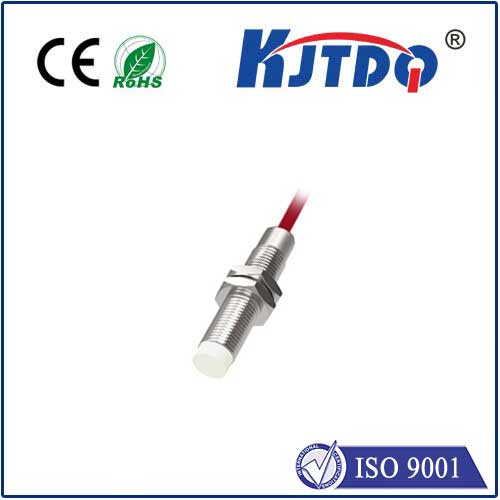ifrared photoelectric sensor
- time:2025-09-11 00:16:00
- Нажмите:0
Seeing the Unseen: How Infrared Photoelectric Sensors Power Our Automated World
Ever wonder how your elevator knows not to close on someone, how a hand dryer activates without touch, or how a factory line flawlessly counts thousands of bottles? The answer often lies in a remarkable piece of technology silently working its magic: the ИК - фотодатчик. These ubiquitous devices act as the robust eyes of automation, detecting objects and measuring distances using the invisible light spectrum.
At its core, an ИК - фотодатчик operates on the fundamental photoelectric effect. It consists of two main components: an infrared emitter (typically an infrared LED) and an infrared receiver (usually a phototransistor or photodiode). The emitter sends out a focused beam of invisible infrared light. When this beam strikes an object within its detection range, several things can happen depending on the sensor type, but crucially, the beam is either reflected back towards the receiver, blocked, or modulated.
How Does Detection Occur?
- The Infrared Emission: The sensor’s emitter generates a specific wavelength of infrared light, distinct from visible light.
- Beam Interaction: This beam travels towards the target area.
- Receiver Action: The receiver is constantly “listening” for infrared light of the specific wavelength emitted.
- Signal Interpretation: Based on whether the beam is received, interrupted, or altered:
- Presence/Absence Detected: A significant change in the received light intensity triggers the sensor’s output switch (e.g., from ON to OFF or vice-versa).
- Distance Measurement: In more advanced diffuse or background suppression types, the angle or intensity of the reflected beam is analyzed to determine distance.
The Crucial Role of Modulation

A key challenge for reliable operation is distinguishing the sensor’s own light signal from ambient infrared sources like sunlight or incandescent bulbs, which also emit IR. This is where modulation becomes critical. The sensor doesn’t emit a constant beam; instead, it rapidly pulses the infrared light at a specific high frequency. The receiver circuit is precisely tuned to only respond to light pulsing at that exact same frequency. This ingenious technique effectively eliminates false triggers caused by ambient light, ensuring remarkable stability and reliability even in demanding industrial environments. Modulation is the unsung hero enabling photoelectric sensors to function robustly in the real world.
Modes of Operation: Choosing the Right Tool
Infrared photoelectric sensors come in distinct configurations for different applications:
- Through-Beam (Opposed Mode): The emitter and receiver are housed in separate units, positioned directly opposite each other. Detection occurs when an object interrupts the beam travelling between them. This mode offers the longest sensing distances and highest reliability.
- Retro-Reflective: Both emitter and receiver are in the same housing. The beam is sent towards a specially designed reflector. Detection occurs when an object interrupts the beam path to the reflector. Easier alignment than through-beam but generally shorter ranges.
- Diffuse (Proximity Mode): Both emitter and receiver are in the same housing. The sensor detects light reflected directly off the target object. Detection range is relatively short and highly dependent on the object’s size, color, and surface texture. Background suppression (BGS) and foreground suppression (FGS) are advanced diffuse types that use triangulation to detect objects within a very specific zone, ignoring objects beyond (BGS) or too close (FGS).
- Fixed-Field and Adjustable-Field: These are diffuse sensors with precisely defined sensing zones, eliminating issues with highly reflective backgrounds.
Infrared vs. Ultrasonic Sensors: Key Differences
| Особенности |
Infrared Photoelectric Sensor |
Ultrasonic Sensor |
| Sensing Medium |
Light (Infrared) |
Sound Waves (Ultrasound) |
| Affected By |
Transparent Objects, Color/Absorbency, Dust, Fog |
Temperature Gradients, Foam, Wind Noise, Absorbent Materials |
| Speed |
Very Fast (kHz response) |
Slower (Limited by speed of sound) |
| Точность |
High precision for small objects/edges |
Lower precision for small objects |
| Detection Logic |
Presence/Absence of Light Beam/Reflection |
Time-of-Flight measurement |
| Ambient Factors |
Susceptible to strong ambient IR light (mitigated by modulation) |
Susceptible to air turbulence, humidity |
| Target Surface |
Struggles with ultra-black or transparent objects |
Less affected by color/transparency |
Where the Invisible Light Makes a Visible Impact
The versatility of infrared photoelectric sensors drives their integration across countless sectors:
- Промышленная автоматизация: Object detection on conveyors (presence, counting, height checks), position verification of parts in machines, web break detection, bottle/can counting, palletizing, end-of-travel limits, robotic guidance. Their speed and reliability are paramount here.
- Packaging Machinery: Precise detection of labels, films, cartons, and fill levels for error-free packaging.
- Перевозка материалов: Detecting totes, boxes, and pallets on AS/RS systems, controlling gates and diverters.
- Security Systems: Intrusion detection in beams, automatic door activation, object presence in restricted areas.
- Consumer Electronics: Paper detection in printers, touchless faucets/hand dryers/soap dispensers, fall detection in devices.
- Food & Beverage: Sanitary washdown-rated sensors for hygienic environments, detecting fill levels, cap presence, container jams.
- Building Automation: Occupancy sensing for lighting/HVAC, elevator door safety curtains, people counting.
- Automotive: Assembly line part verification, component testing, garage door safety beams.
Selecting and Using IR Photoelectric Sensors Effectively
For optimal performance, consider these factors:
- Sensing Mode: Choose through-beam for long range/high reliability, diffuse for simpler installation where range is short or reflector mounting is impractical, retro-reflective as a good middle-ground compromise. Select BGS/FGS for precise distance-based detection.
- Range: Ensure the sensor’s specified operating range meets your application’s distance requirements.
- Object Properties: Size, color, material, surface finish (shiny/dull) significantly impact performance, especially in diffuse mode. Test critical applications.
- Environment: Consider temperature, humidity, dust, oil, vibration, and potential for optical interference (strong ambient light). Choose sensors with appropriate IP ratings (Ingress Protection) for dust/water resistance.
- Electrical Output: Match the sensor’s output type (PNP/NPN, analog, relay) and voltage to your control system.
- Mounting and Alignment: Stable mounting and precise alignment (especially for through-beam and retro-reflective) are crucial. Use alignment tools where necessary.
- Avoiding Interference: Prevent facing sensors directly at each other unless designed for it. Use sensors with different modulation frequencies in close proximity.
Ensuring Longevity and Reliability
- Keep emitter and receiver lenses clean. Dirt

